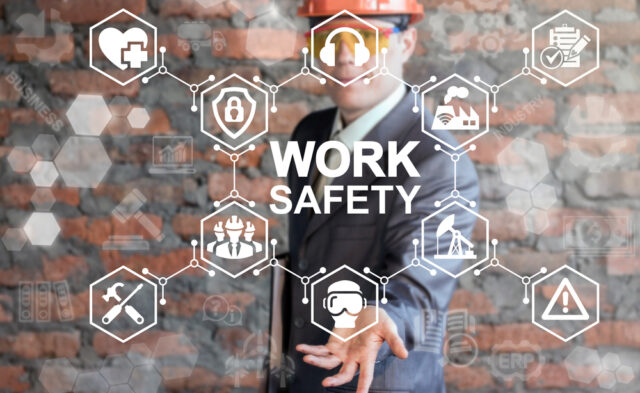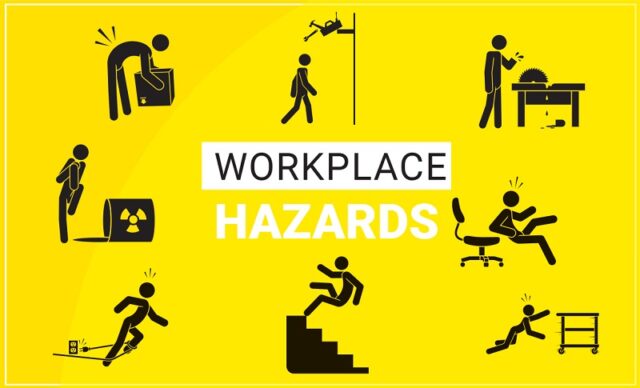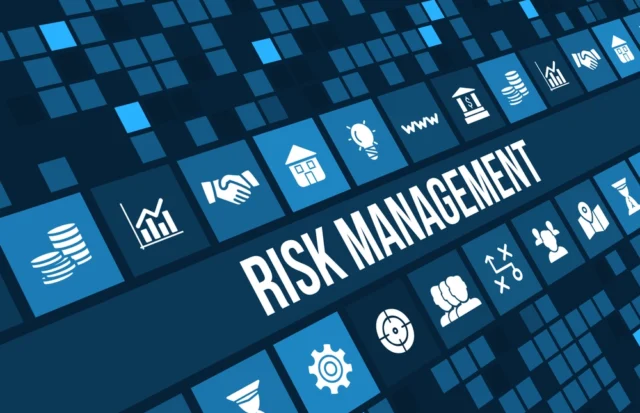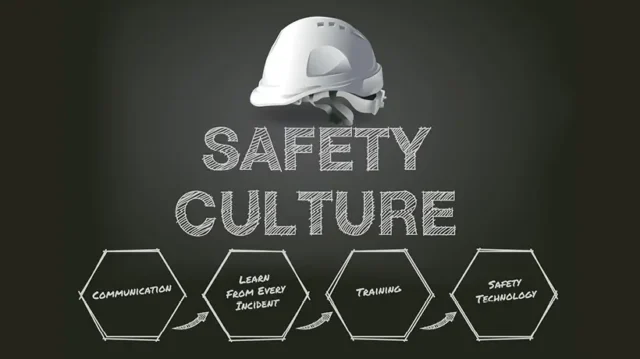
Nothing is more important than ensuring the safety of your employees and taking necessary measures to prevent accidents at work is vital.
Not only does it prevent potential legal consequences and financial losses, but it also shows that you value your employees and their well-being.
This article will cover everything you need to know about workplace health and safety, from common causes of accidents to legal requirements, and risk assessment to emergency preparedness and response.
Common Causes of Workplace Accidents: Don’t Let Them Catch You Unaware

Workplace accidents can happen when you least expect them. To ensure the safety of your employees, it’s important to know the most common causes of accidents so that you can take measures to prevent them. A good way of reducing these risks altogether though is by getting a health and safety consultants completed for your workplace.
Here are some of the most frequent causes of workplace accidents:
Slip, trip, and fall hazards
Keep floors and walkways clear of obstacles, and use anti-slip flooring and proper footwear to prevent slips and trips.
Manual handling injuries
Train employees on proper lifting techniques and provide them with ergonomic equipment to reduce the risk of injuries.
Electrical hazards
Regularly inspect electrical equipment and ensure employees are properly trained on how to use it safely.
Fire and explosion hazards
Have fire extinguishers and smoke detectors in place, and conduct regular fire drills to ensure employees know how to respond in an emergency.
Machinery-related accidents
Implement safety guards, train employees on how to use machinery properly, and perform regular maintenance to keep equipment in good working condition.
Chemical and biological hazards
Use appropriate protective gear, properly store and label hazardous materials, and regularly train employees on how to handle them safely.
Being aware of these hazards and taking necessary steps to reduce or eliminate the risk can make all the difference in preventing workplace accidents.
Legal Requirements for Workplace Health and Safety: Don’t Mess with the Law

As an employer, it is your legal responsibility to ensure the safety of your employees in the workplace.
In the UK, there are specific legal requirements for workplace health and safety that you must comply with.
Here are some of the most important legal requirements you need to be aware of:
The Health and Safety at Work Act
This is the primary legislation governing workplace health and safety in the UK. It requires employers to ensure the health, safety, and welfare of their employees, as well as others who may be affected by their work activities.
The Management of Health and Safety at Work Regulations 1999
These regulations require employers to carry out risk assessments and take measures to reduce or eliminate workplace risks.
The Manual Handling Operations Regulations
These regulations require employers to assess the risks associated with manual handling tasks and take steps to reduce the risk of injury.
The Control of Substances Hazardous to Health Regulations
These regulations require employers to identify and assess the risks associated with hazardous substances and take measures to prevent or control exposure.
Failure to comply with these legal requirements can result in serious consequences for both employees and employers. Fines, prosecution, and even imprisonment are possible penalties for non-compliance.
So, it’s essential to be aware of your legal obligations and take the necessary steps to ensure compliance.
Risk Assessment and Management: Stay Ahead of the Game

Conducting a risk assessment is one of the most important steps in preventing accidents at work. It helps to identify potential hazards and evaluate the risks associated with them.
Once the risks have been identified, measures can be taken to reduce or eliminate them. Risk management strategies such as creating safety procedures, providing protective equipment, and implementing training programs can help prevent accidents.
Importance of Employee Training: Knowledge is Power
Providing employee training is crucial for creating a safe workplace. Employees should be aware of the risks associated with their job and how to prevent accidents.
Training should cover topics such as safe work practices, hazard identification, and emergency response procedures. Engaging and interactive training sessions can make a significant impact and ensure that employees are knowledgeable and prepared.
Employee training can provide a sense of assurance that workers are equipped to handle any situation. Training can also equip employees with the knowledge and skills needed to protect themselves from potential hazards. Furthermore, training can raise awareness of accidents and reduce their occurrence by teaching workers the correct safety procedures for their job.
By equipping employees with knowledge about workplace health and safety, employers can ensure that incidents are minimized and that everyone is operating in an environment conducive to productivity. With comprehensive training, employees gain a better understanding of how to prevent accidents at work and keep themselves safe. This comprehensive approach is essential for any workplace where safety is paramount.
Workplace Health and Safety Culture: Make Safety a Priority

Creating a positive workplace health and safety culture is crucial in preventing accidents. This means creating an environment where employees feel comfortable reporting potential hazards and are encouraged to take necessary precautions. Promoting a culture of safety can also improve employee morale and productivity.
Emergency Preparedness and Response: Be Prepared for the Worst
Accidents can happen at any time, and it is important to be prepared for emergencies. Creating an emergency response plan and conducting regular drills can help ensure that employees know what to do in the event of an emergency. This can also minimize the impact of an accident and prevent further harm.
Safety First
In conclusion, workplace health and safety is vital for creating a safe and productive environment. Understanding the common causes of accidents, legal requirements, and risk assessment and management is essential.
Employee training and promoting a culture of safety can also significantly impact the prevention of accidents.
Being prepared for emergencies is the final step in creating a safe workplace. Remember, safety first.












